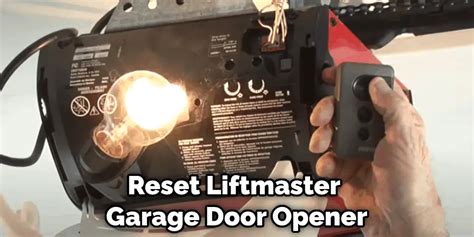The Unexpected Benefits of Deactivating Your Garage Door Opener
For many homeowners, the garage door opener is a symbol of convenience. A simple click of a button and your car is safely tucked away, shielded from the elements. But what if I told you that occasionally deactivating your garage door opener could offer unexpected benefits, extending beyond mere security? This isn't about abandoning convenience entirely; it's about strategically utilizing this feature for enhanced safety and peace of mind.
Why Deactivate Your Garage Door Opener? Isn't it Inconvenient?
Yes, temporarily disabling your garage door opener might seem inconvenient, but the potential upsides often outweigh the minor hassle. Think of it as a proactive security measure, similar to locking your front door or setting your alarm system. The inconvenience is minimal compared to the potential consequences of a security breach.
Enhanced Home Security: A Key Benefit
This is arguably the most significant advantage. Deactivating your opener, even temporarily, significantly reduces the risk of unauthorized access to your garage and, by extension, your home. Burglars often target garage doors because of their perceived ease of access. By disconnecting the opener, you force potential intruders to find a more difficult and noisy method of entry, deterring them from attempting a break-in altogether.
How to Deactivate Your Garage Door Opener (Generally)
The method for deactivating your opener varies depending on the model. Most openers have a manual release cord or switch that disconnects the automatic function. Consult your garage door opener’s manual for precise instructions. Remember to always prioritize safety when performing this action.
Protecting Against Burglary Techniques: Rolling Code and Frequency Issues
Modern garage door openers utilize rolling codes to enhance security, making it significantly harder for thieves to clone signals. However, vulnerabilities still exist. A skilled burglar might use a frequency jammer to disrupt the signal temporarily, giving them access to your garage while your system is attempting to re-establish connection. Deactivating the opener altogether eliminates this potential entry point.
Reducing the Risk of Accidental Openings
Children playing near the garage door opener buttons or remote controls can accidentally open the door, posing safety risks. Deactivating the opener temporarily removes this potential hazard, particularly when children are unsupervised.
Is it difficult to remember to reactivate?
No, reactivating your garage door opener is generally as simple as reversing the deactivation process. You can reactivate it whenever you need it, thus retaining the convenience of the automatic system for everyday use.
Identifying Potential Problems: A Diagnostic Tool
A temporary deactivation can also serve as a useful diagnostic tool. If you experience problems with your garage door opening or closing, disconnecting the automatic opener might help you identify if the issue stems from the opener itself or from a problem with the garage door mechanism or power supply.
Peace of Mind: The Intangible Benefit
Beyond the tangible security benefits, deactivating your garage door opener can provide a significant sense of peace of mind. Knowing you've taken an extra step to protect your home and family from potential intruders can contribute to a more secure and comfortable living environment.
Conclusion: Strategic Deactivation, Not Permanent Disconnection
The key takeaway here is that this isn’t about permanently disabling your garage door opener; it's about strategically employing this feature when needed. Think of it as a supplementary security measure that, when used thoughtfully, can offer significant advantages. Balancing convenience with security is a crucial aspect of home safety, and understanding the benefits of occasionally deactivating your garage door opener is a step towards achieving that balance.

